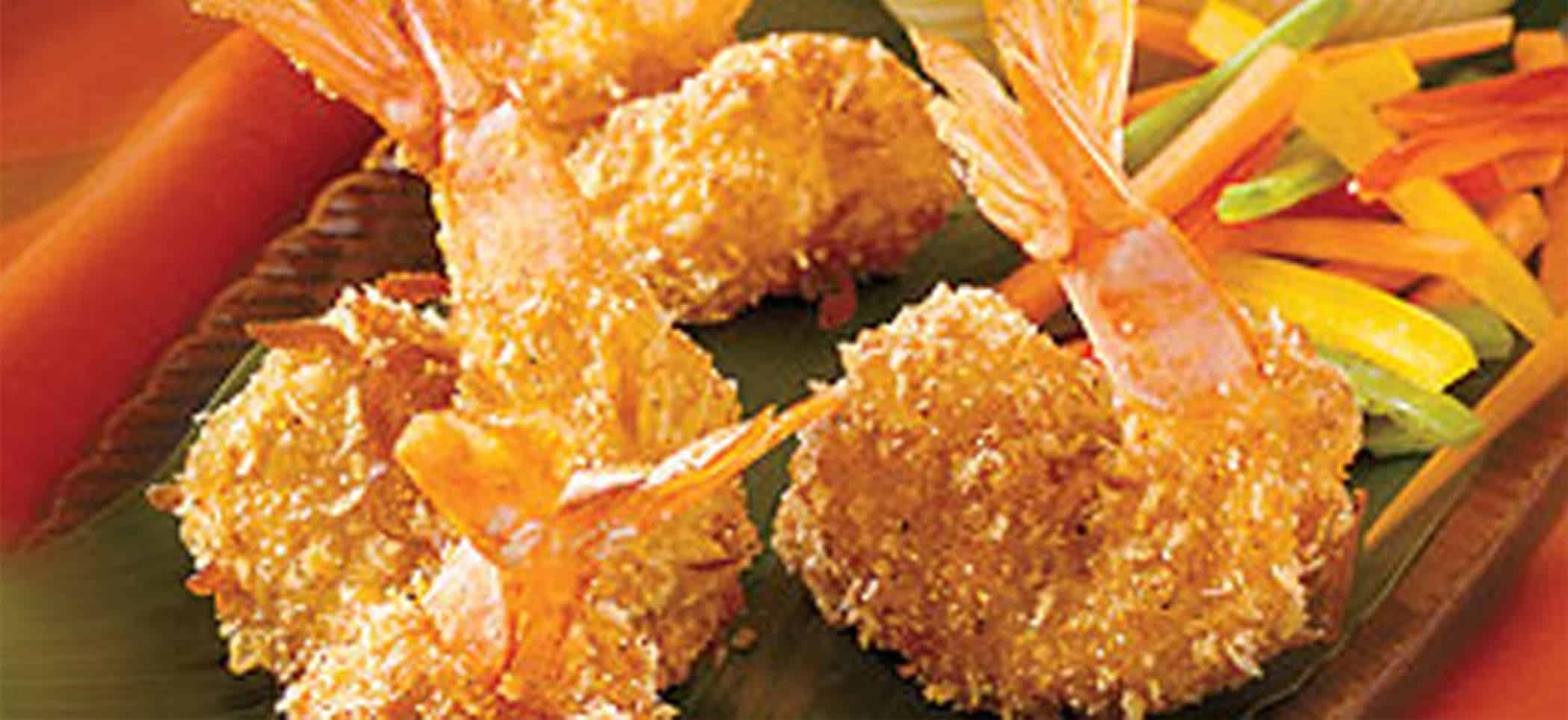The binding property supplied by eggs to food manufacturers proves valuable in numerous applications ranging from appetizers through desserts. Binding may be related to its ability to coagulate and form gels, but in essence, it holds other ingredients together. This binding action mainly benefits product structure, texture and mouthfeel.
In meat or fish formulations for example, egg proteins react synergistically with these other proteins to help bind ingredients together for greater product integrity. One reference states that the synergy between fish and egg white proteins makes egg white powder an “indispensable ingredient” in surimi manufacturing, binding the ingredients together through gelling or coagulation. Egg products form gels easily within certain meat matrices to hold together meat patties and sausages.1
In surimi specifically, another study states that when testing protease inhibitors, egg whites provide a better effect than other proteins. It went on to say that when creating a surimi gel with egg white, the gel formed a network with fewer cavities due to the “effective cross-linking and protein aggregation” between the egg white and fish proteins, that the gel exhibited good physical properties, and the egg white provided high gel strength.2
In prepared foods, the binding action exhibited by egg ingredients, whether through gelation or coagulation, prevents products from crumbing or losing their shape, maintaining a desirable texture and form. When binding breading to foods, research suggests that batter with protein levels of 10 to 15 percent tends to be the most effective binding agent.3
In baked goods, eggs bind other ingredients together naturally, aiding with product structure, texture, form and appearance. Proper binding also lends baked goods a tender crumb and can contribute to a light, airy texture.4
References
- Bansal N, Zhang M, Schuck P. (2013). Handbook of Food Powders: Processes and Properties, Elsevier, Amsterdam, Netherlands
- Hema K, Shakila RJ, Shanmugam SA, Jawahar P (2016) Functional Properties of Restructured Surimi Gel Product Prepared from Low Valued Short Nose White Tripod Fish (Triacanthus brevirosterus). J Food Process Technol 7:597. doi:10.4172/2157-7110.1000597
- Pyler EJ and Gorton LA. (2010). Baking Science & Technology, Fourth Edition, Volume 1, Sosland Publishing Co., Kansas City, Missouri, USA

